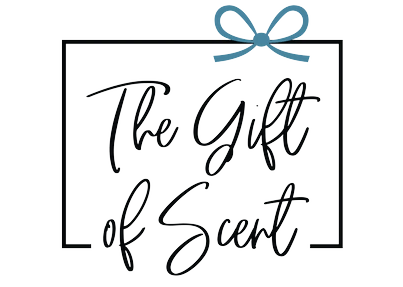
The Nostalgic Nose: Wine Tasting and Branding Through Scent
You just never know what is going to stick in your memory.
Many years ago, while listening to a sommelier, or wine expert, speak about the nuances of wine making and explain the term “veraison”, the tipping point in a grapevine's annual lifecycle, I suddenly found myself thinking of my Uncle’s grapevines.
He was an engineer for a chemical manufacturer and possessed movie star quality good looks similar to that of Gregory Peck. After college, he enlisted in the Air Force and, during the Vietnam War, was assigned to making false teeth for soldiers injured in battle. He took his R & R in Tokyo, and, when he returned home, brought back to me an elaborately appointed Japanese folding fan, so ornate and colorful. He also brought back some vining grape plants and built a grapevine arbor in my Grandmother’s backyard.
The fruit of the vines were a pale, almost translucent green and so tart they ignited a bunch of involuntary responses: curled lips, puckered mouth, eyes squeezed tightly shut, salivary glands trying to save taste buds from the rush of tartness.
Anyone without a grape in their mouth was usually laughing.
Either through optimism or naïveté, each time I visited, I gave them another try just to prove to myself they were really that bitter. Even today, thinking about them brings a pucker.
Thus, my Uncle’s grapes were considered good for nothing but the birds or waging war. My neighborhood friends and I would use the grapes as weapons. Pummeled up close they were really annoying, wetting clothes and mushing on skin. It was gleeful. But my Grandmother would emerge to say, “Those are your Uncle’s grapes and not for child’s play.”
“Believe it or not, all grapes start off green,” the Sommelier continued, snapping me back to my surroundings. “During the process of the grapes ripening, they change both in physical and chemical composition.”
Wait, what? All grapes start off green!?
I had truly thought that the green grapes in my Uncle’s vineyard were just that…green grapes.
As I reflected on this revelation, I realized that, by summer’s end, those vining green grapes would turn pinkish, orangey, and filmy-white over purple. As a child, I had assumed they were going bad.

Years later, I’ve explored the wine cellars of Tuscany and the vineyards of California and France. I can now attest that grapes turn different colors by nature.
I have also attended a few wine tastings where both your nose and the “nose” of the wine play a big part in the success of the event. Some people swirl their sample about in a glass and all but plunge their noses into it to decide how they “feel” before they’ll even take a sip to the palate.
It might sound like overkill but, to be honest, it is a point of pride to be able to discern one wine scent from another.
Discernment is what keeps customers lingering at a perfume counter or candle shop to sniff, sniff, and re-sniff in search of the scent that suits their individuality.
It’s personal.
It’s what makes you unique.
Like the grape that will develop its own color, we develop our “taste,” our preference for the scents, colors and flavors that say, “this is me.”
This is our brand.
Uncle John’s grapes keep lingering in my mind and a question I had never asked before persists.
Why did my Uncle want to grow those grapes?
Time to check my sources.
“Hi, Mom, it’s me. Do you know why Uncle John grew grapes in Grandma’s backyard?”
The answer was both stunning and logical: Uncle John had a little operation going on in Grandma’s root cellar.
Dating back to the Prohibition of alcohol in America from 1920 to 1933, it was somewhat conventional to DIY one’s own supply for “household needs.” The design of my Grandmother’s shotgun-style house with a root cellar below allowed room for doing so. After Prohibition ended, the practice of home winemaking continued in America. As long as you were not attempting to sell it, it was not an arrestable offense.
So, there it was: decades after the time of Prohibition, Uncle John wanted those grapes as a do-it-yourself winemaker.
I never saw Uncle John imbibe, but at my Grandmother’s table, I do remember “red juice” being passed around a bit and sometimes stopping at a dish of fresh peaches or berries atop angel food cake.
And when pondering who this enterprising chemical manufacturer turned soldier turned winemaker really was, I think about him bringing those vines all the way from Tokyo, coaxing those bitter greens into mature grapes, and experimenting with their fermentation to be able to produce a palatable wine.
I guess it was just part of his brand.
Jean Greco for The Gift of Scent
